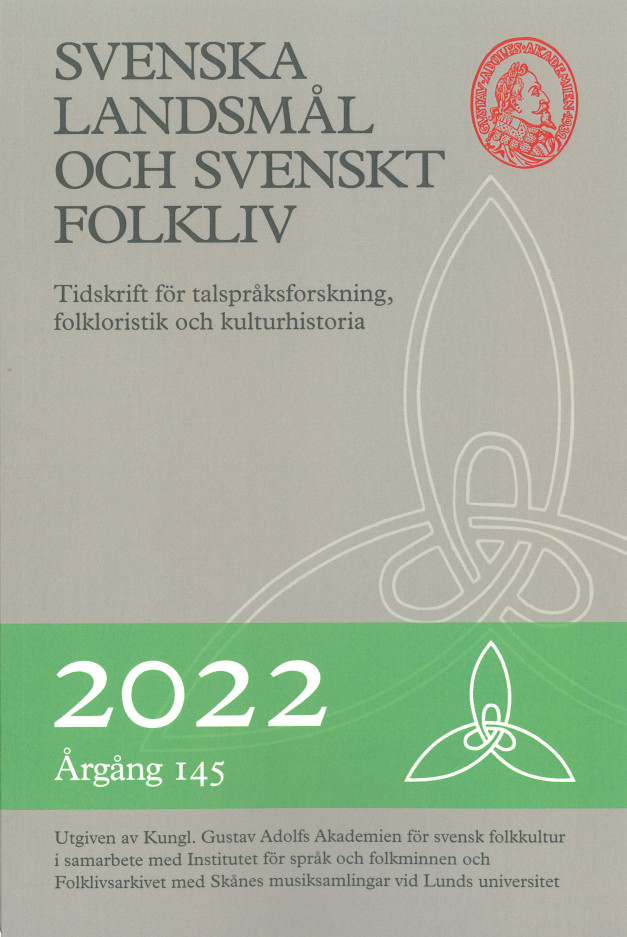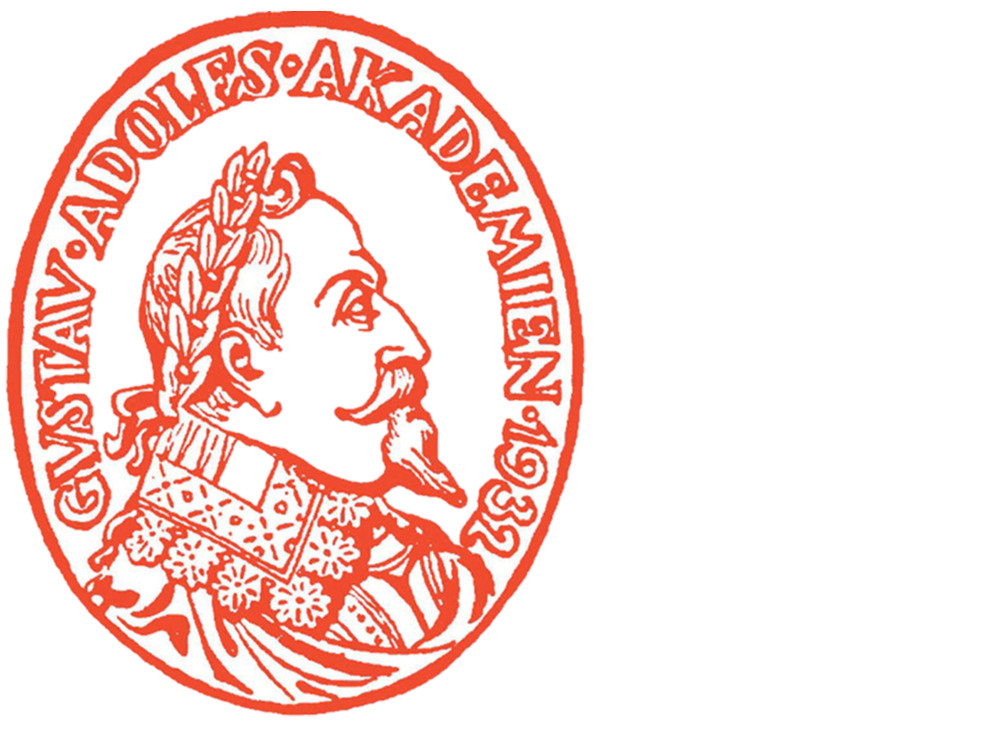Cirkulär ekonomi – ett levande och lärande kulturarv?
DOI:
https://doi.org/10.69824/svlm.145.24061Nyckelord:
Circular economy, cultural heritage, sustainability, museums, ethnologyAbstract
In recent years, the term circular economy has become central in both research and politics. In most writings and policy documents, a circular economy is assumed to presuppose a break from previous habits and practices. Cultural and historical perspectives are often neglected, even though most preindustrial agriculture and food systems developed methods for the circulation and recycling of resources. This article aims to discuss whether circular economy can be considered a cultural heritage, and how a circular economy is manifested and made visible in cultural heritage institutions. The article is based on a study of Kulturen’s museums in Lund, southern Sweden, in particular Kulturens Östarp, an open-air museum with agricultural environments with a focus on the 19th century. The article draws on interviews and observations to describe how different dimensions of circular economy and sustainability are presented to visitors. Further, the article discusses potential directions for further development, namely the challenge of communicating the hidden knowledge condensed in artefacts, rituals, and proverbs to a generation of visitors that lack any experience of farming. The article concludes that Kulturens Östarp provides unique opportunities to facilitate learning of how the movement away from a local, circular economy to a linear, global economy took shape in a specific location.
Downloads
Publicerad
Referera så här
Nummer
Sektion
Licens
Innehåll publicerat i Svenska landsmål och svenskt folkliv i årgång 2023 och senare publiceras under villkoren i Creative Commons-licensen CC BY, och författarna behåller upphovsrätten till sina verk. CC BY-licensen tillåter användning, nedladdning, distribution, länkning till och reproduktion i vilket medium som helst, förutsatt att originalverket är korrekt citerat.




